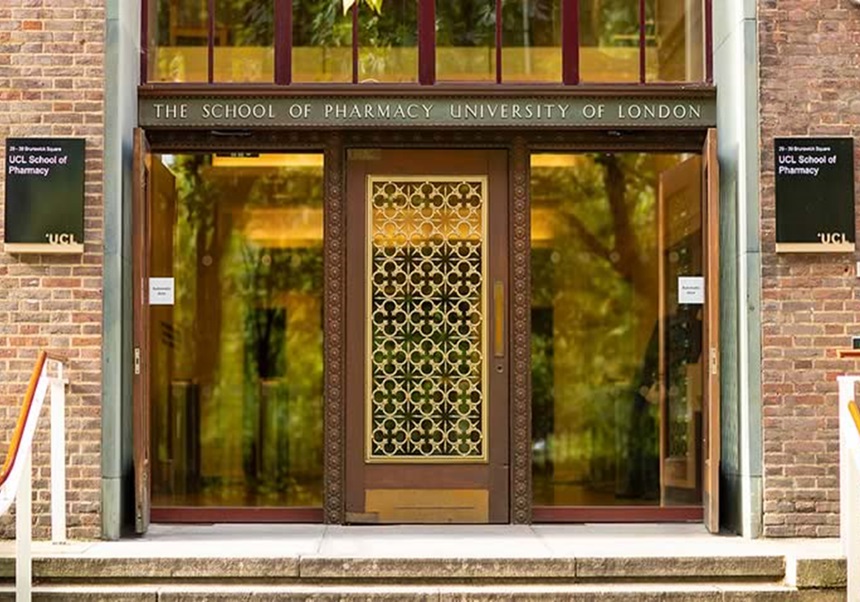
"Prof. Castell was invited to the School of Pharmacy at the University of London due to the significant contributions of his group to the use of metabolomics in the study of liver damage."
On June 27 and 28, Prof. Castell, Emeritus of the Department of Biochemistry at the Faculty of Medicine of the University of Valencia and researcher at CIBEREHD, attended a meeting at the School of Pharmacy at University College London (UCL). This invitation was extended by Drs. Michael Munday, Senior Lecturer and Associate Director of the School of Pharmacy at UCL, and Christofer Waudby, an expert in Nuclear Magnetic Resonance (NMR).
The purpose of the visit was to critically discuss Dr. Maria Helena Onoufriou's work titled "Metabolomics Study of In Vitro Models of Hepatic Steatosis in HepG2 Cells." This study examines the changes in the metabolome of HepG2 cells exposed to valproate and tetracycline, two drugs known to induce hepatic steatosis in patients. Using 2D cell cultures (HepG2 monolayers) and 3D cell cultures (HepG2 spheroids), the research aims to identify biomarkers of drug-induced hepatic steatosis for potential future clinical application.
Metabolomics, a powerful technique for the global analysis of metabolites in biological samples, primarily uses two technologies: NMR and Mass Spectrometry (MS). NMR offers several significant advantages, such as being non-destructive, requiring minimal sample preparation, allowing direct quantification of metabolites without internal standards, providing high reproducibility and precision, and offering detailed structural information of metabolites.
On the other hand, MS stands out for its extreme sensitivity, ability to detect metabolites at very low concentrations, wide molecular weight detection range, and its capability to analyze a large number of compounds in a single analysis when combined with separation techniques such as liquid chromatography (LC-MS) or gas chromatography (GC-MS). Additionally, it offers analytical flexibility to adapt to different types of analyses and characterize complex metabolomic profiles.
Dr. Castell's group has made significant contributions to the use of MS-based metabolomics for the study of drug-induced liver damage. In the Joint Unit (UV-IIS La Fe) of Experimental Hepatology, integrated into the CIBER of Hepatic and Digestive Diseases, they have been working for years on the use of HPLC/MS to evaluate the hepatotoxic effects of drugs both in vivo and in vitro. This innovative work, carried out by Drs. Marta Moreno (Ramón y Cajal Researcher) and Guillermo Quintas, has generated notable and recent contributions in the field.
More information:
1) Drug-induced fatty liver disease (difld): a comprehensive analysis of clinical, biochemical, and histopathological data for mechanisms identification and consistency with current adverse outcome pathways. https://doi.org/10.3390/ijms25105203
2) Metabolomics based strategy to assess drug hepatotoxicity and uncover the mechanisms of hepatotoxicity involved. https://doi.org/10.1007/s00204-023-03474-8
3) The potential role of metabolomics in drug-induced liver injury (dili) assessment. https://doi.org/ 10.3390/metabo12060564





